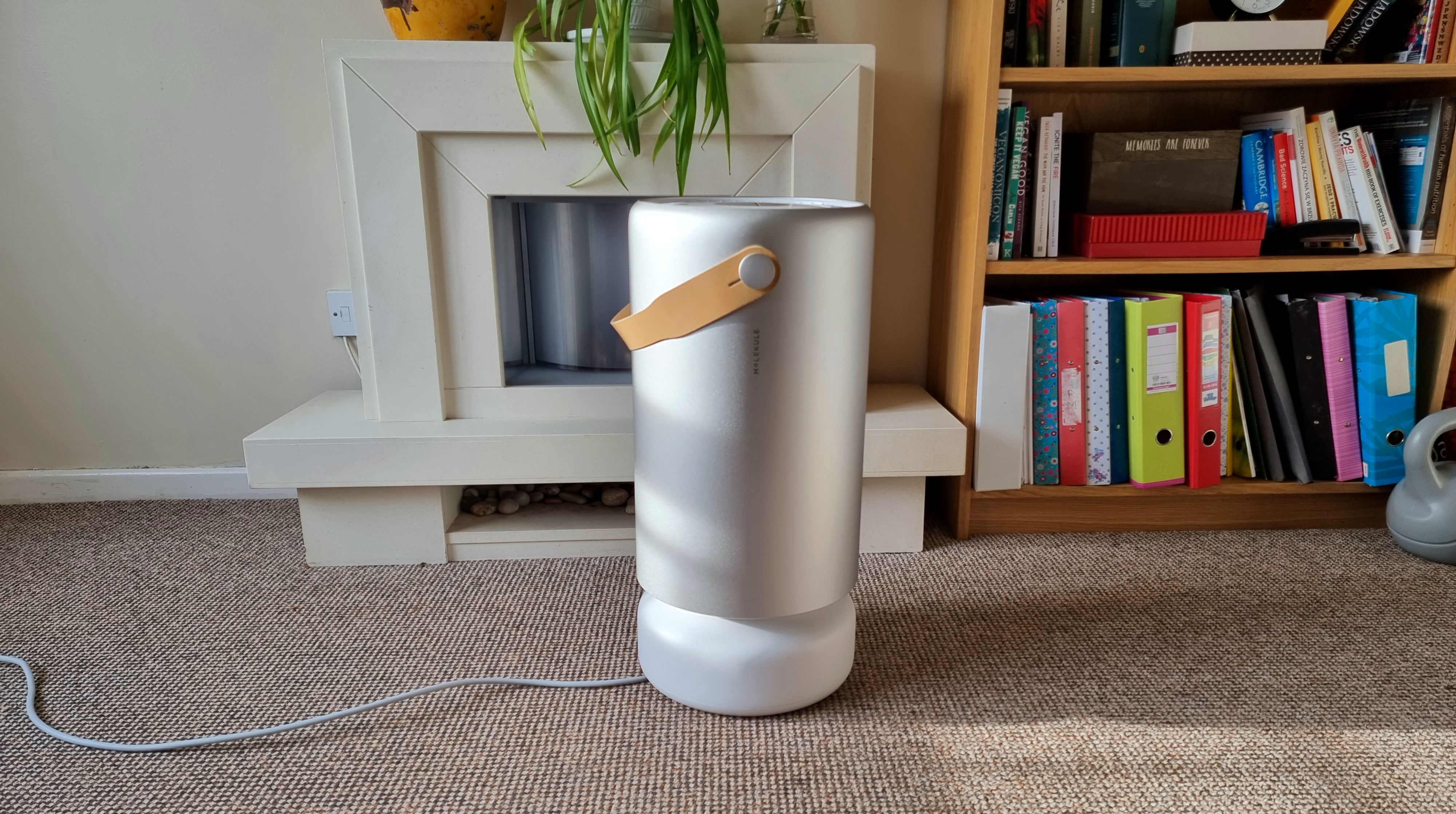IJMS, Vol. 24, Pages 16787: Mitochondrial Dysfunction in Skeletal Muscle of Rotenone-Induced Rat Model of Parkinson’s Disease: SC-Nanophytosomes as Therapeutic Approach
International Journal of Molecular Sciences doi: 10.3390/ijms242316787
Authors: Daniela Mendes Francisco Peixoto Maria Manuel Oliveira Paula Branquinho Andrade Romeu António Videira
The development of new therapeutic options for Parkinson’s disease (PD) requires formulations able to mitigate both brain degeneration and motor dysfunctions. SC-Nanophytosomes, an oral mitochondria-targeted formulation developed with Codium tomentosum membrane polar lipids and elderberry anthocyanin-enriched extract, promote significant brain benefits on a rotenone-induced rat model of PD. In the present work, the effects of SC-Nanophytosome treatment on the skeletal muscle tissues are disclosed. It is unveiled that the rotenone-induced PD rat model exhibits motor disabilities and skeletal muscle tissues with deficient activity of mitochondrial complexes I and II along with small changes in antioxidant enzyme activity and skeletal muscle lipidome. SC-Nanophytosome treatment mitigates the impairment of complexes I and II activity, improving the mitochondrial respiratory chain performance at levels that surpass the control. Therefore, SC-Nanophytosome competence to overcome the PD-related motor disabilities should be also associated with its positive outcomes on skeletal muscle mitochondria. Providing a cellular environment with more reduced redox potential, SC-Nanophytosome treatment improves the skeletal muscle tissue’s ability to deal with oxidative stress stimuli. The PD-related small changes on skeletal muscle lipidome were also counteracted by SC-Nanophytosome treatment. Thus, the present results reinforces the concept of SC-Nanophytosomes as a mitochondria-targeted therapy to address the neurodegeneration challenge.

 5 months ago
41
5 months ago
41


